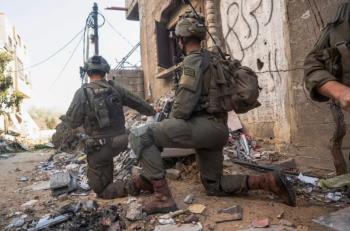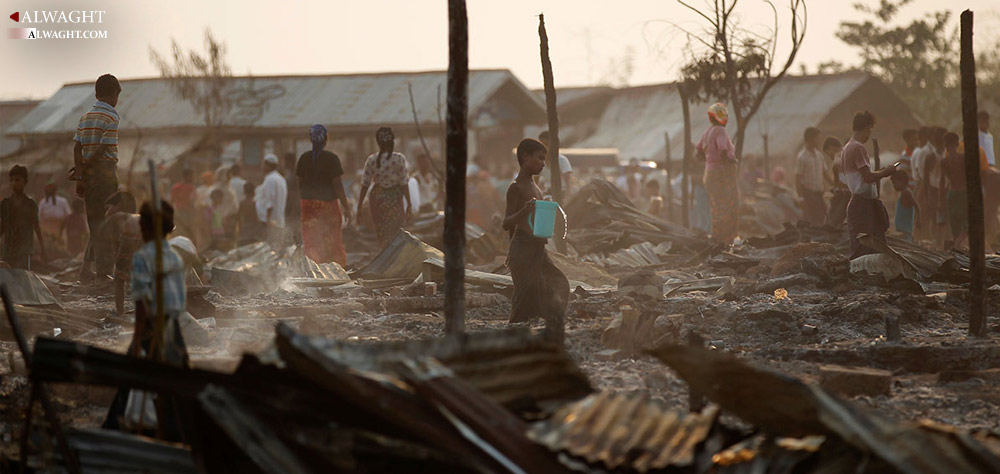Alwaght- The Saudi-led coalition’s aggression against Yemen has entered its third year, without achieving the main goals for which it was primarily waged against the neighboring country.
Launched by the Arab coalition, the operations Decisive Storm and then Restoring Hope– which predominantly meant to thwart the progresses of a league of Yemeni allied forces including the Ansarullah movement, the regular army, and the popular forces loyal to the former President Ali Abdullah Saleh towards the southern province of Aden and at the same time restore to the power the ousted President Abdrabbuh Mansur Hadi– have gone nowhere after two years of erosive war. Actually, the military campaign has delivered the reverse, because during this time the Yemeni resistance has concreted its power, not to mention the fact that Saudi Arabia and its allies bore the brunt of high costs of their anti-Yemeni aggression and were labelled violators of the human rights by the international organizations for their carnage of the Yemeni civilians.
The Saudi-led war, that was triggered by imbalance of power inside Yemen against the interests of the pro-Riyadh Yemen sides and risked setting roadblocks ahead of the Saudi Arabian hegemony in the Arab Peninsula and at the same time worked against Riyadh’s regional rivalry with Tehran, was launched against Yemen on March 25, 2015, less than two months after the current Saudi King Salman bin Abdulaziz ascended the throne and reshuffled the kingdom’s political and security team.
The bloody assault against the neighboring country was described to be an event to unveil the new Saudi approach in the region. Riyadh after ascension of the new ruler saw it unavoidable to engage in direct confrontation with some regional elements that were labelled “first-degree threats” by the new Saudi administration.
Despite the fact that fast victory of the Saudis in the war could win them a trump card in their course of pressing forward with their regional politico-military strategy, their miscalculations about the scales of power of the joint Yemeni forces as well as the dynamic nature of the people-based politico-military alliances inside Yemen stirred struggles inside the ruling Saudi family just ten days after start of the war. The outcome was a failure to obtain the war objectives.
After two years of an unceasing bombing campaign against Yemen, what the Saudi has so far succeeded in its huge devastation of the infrastructures including the power and water supply facilities and roads and bridges of Yemen. All this destruction did not come free, it cost the Saudis billions of dollars, while their economy is under austerity for deficit curb.
Killing and injuring tens of thousands of Yemenis and displacing nearly a million of them is another outcome for the Saudis that in addition to drawing the international condemnation destabilized the kingdom’s southern border provinces of Najran, Asia, and Jazan, leaving them be sources of crisis and insecurity for the next years.
These facts help us give a report card of the Saudi war against Yemen as the campaign enters its third year:
- Failure to destroy Ansarullah Movement’s military capabilities
- Failure to foil the politico-military arrangements of the alliance that gathers Ansarullah and Ali Abdullah Saleh's loyalists
- Failure to reinstate to power Mansur Hadi
- Triggering a consensus among the different Yemeni groups around the need to defend the country against the aggressors
- Indirect arming of al-Qaeda terrorist group
- Increased war costs while the Saudi economy is suffering from critical conditions
- Condemnation of the Arab coalition’s crimes by the international organizations
- Inflammation of crisis in the southern Saudi borders with Yemen
- Adding to the region’s crisis spots
- Developing a Shiite-Sunni dispute both in Yemen and in the whole region
- And finally enlarging the range of geopolitical competition with Iran



























